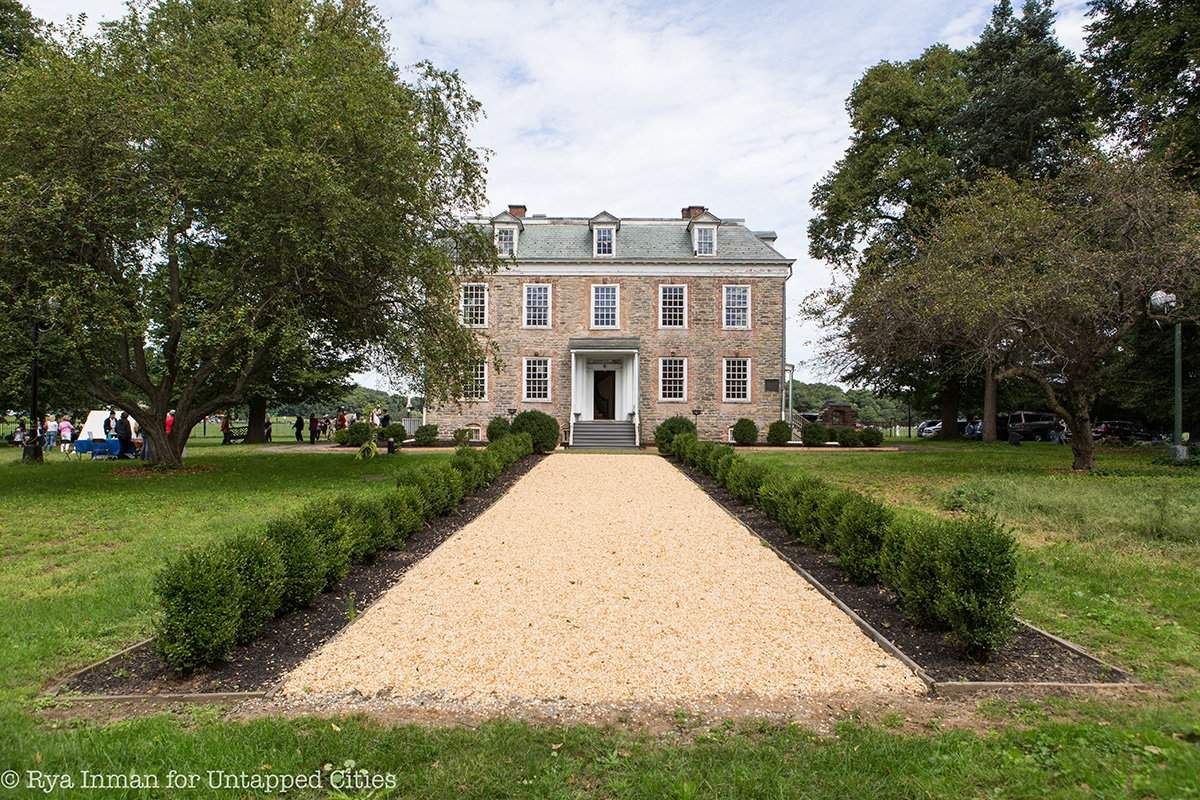

New Amsterdam was a 17th-century Dutch settlement established at Manhattan’s southern tip, which served as the seat of the colonial government in New Netherland. Peter Stuyvesant, sixth Director General of New Netherland, built infrastructure, schools, city services in New Amsterdam. He ensured economic stability and brought moral order to an untamed New World outpost in danger of falling off the map. He created a multi-cultural society for conducting peaceable business. However, Stuyvesant also used the slave trade to create most of the projects and tried to promote a non-tolerant agenda at the same time. In March of 1664, James Stuart, Duke of York, and brother to the newly reinstalled English King Charles II, asked if he could seize the land between the Delaware and Connecticut rivers from the Dutch so the English could have coastal supremacy in the New World. The King raised the funds to mount the expedition, and soon after, Stuart sent out three well-armored frigates and about 1,200 soldiers across the Atlantic to claim New Netherland. Although the British soon after took control, many sites along the Dutch heritage trail still exist in New York City.
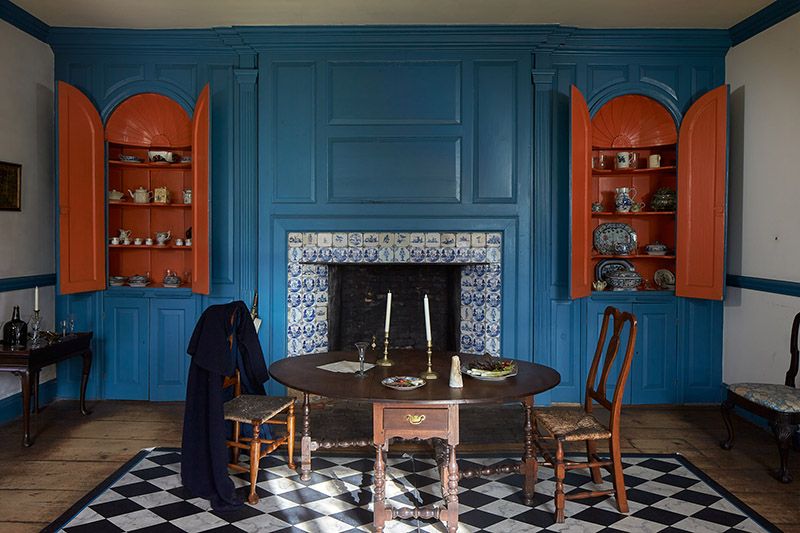
On July 13, Matthew Coody, Director of External Affairs at the Historic House Trust of NYC, will guide attendees along a virtual heritage trail that explores the lasting impact of the Dutch colonists on the city’s architecture. Explore a chamber of Dutch secrets at Van Cortlandt House Museum in The Bronx, where a room curated in the early 20th century tells the story of a 17th-century family in the New Netherland colony. The reconstructed Old Stone House passes as a Dutch farmhouse from 1699, but in reality it’s much younger. Dig into this site’s interesting saga, and its connection to a noted “power broker” and the Brooklyn Dodgers. Delve into the fascinating tale of the basement floor in Staten Island’s Conference House. And see inside the oldest surviving building in New York State, Brooklyn’s Wyckoff Farmhouse. The tour is free for Untapped New York Insiders (and get your first month free with code JOINUS).
In 1748, Frederick Van Cortlandt, an American merchant whose family also owned the Van Cortlandt Manor in Croton-on-Hudson, built the Georgian Van Cortlandt House. During the Revolutionary War, George Washington and British General William Howe both stayed in the house, and the Comte de Rochambeau and Marquis de Lafayette made use of it. The house and its surrounding estate remained under Van Cortlandt control until 1896, when the family sold it to the City of New York. It then became the City’s first historic house museum. The house is operated by The National Society of Colonial Dames in the State of New York and is a member of the Historic House Trust. Today, the house is open to the public and produces innovative educational and farm-based programs. All of the historic houses on the Dutch heritage trail are located on New York City parkland and are partner sites of the Historic House Trust.
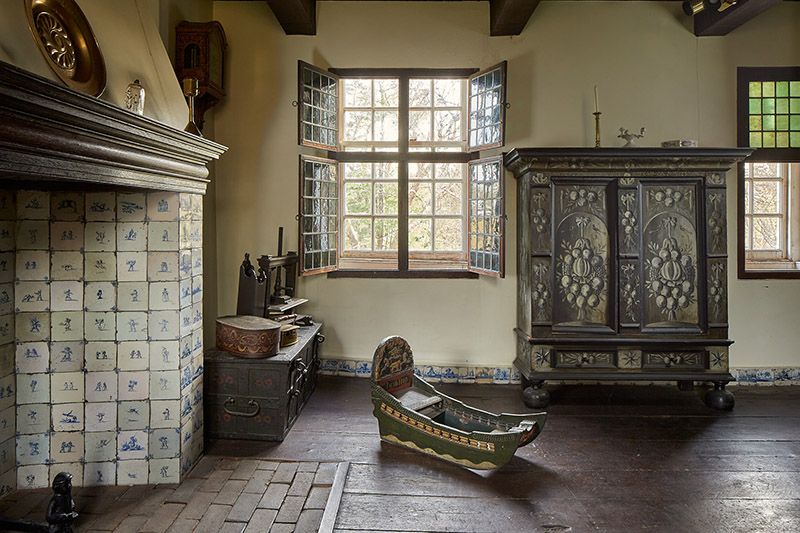
The Old Stone House is a 1933 replica of the Vechte-Cortelyou House, which was destroyed in 1897. The Old Stone House is located in Washington Park at 336 3rd St, Brooklyn. The house, made with solid stone and featuring high brick gables and a tile roof, was originally constructed in 1699 by Hendrick Claessen Vechte, and it serves as the site of the largest battle of the Revolutionary War, the Battle of Brooklyn.
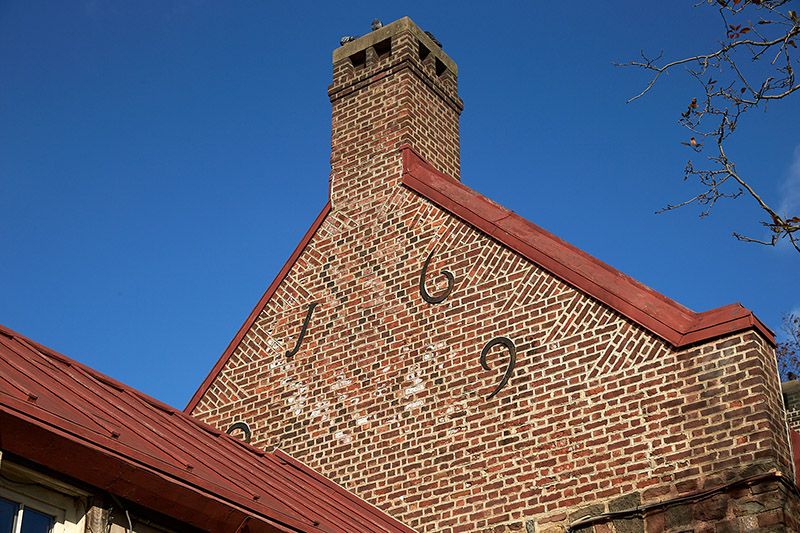
On August 27th, 1776, American General William Alexander, also known as Lord Stirling, led a regiment of 400 Maryland soldiers against 2,000 British troops, who were fighting from their stronghold at the Old Stone House. The battle ended in a devastating defeat for the American side, and most of the Maryland 400 lost their lives. Today the Old Stone House, reconstructed using stones from the original site, serves as a center for historical education. The Old Stone House was also the original clubhouse for the professional baseball team called Brooklyn Superbas, who late became the Brooklyn Dodgers. The lost game of ice baseball was popularized here.

Staten Island’s Conference House was constructed by Royal Navy officer Christopher Billopp circa 1680 as the epicenter of his 1,600-acre Manor of Bentley. The moniker Conference House is derived from the peace conference held there on September 11, 1776. The meeting, was attended by John Adams, Edward Rutledge, Benjamin Franklin, and Admiral Lord Richard Howe, who were unable to agree on a way to end the War. In 1937, the house was opened to the public and became the first house museum on Staten Island.
Billopp was also involved in the Staten Island legend, an event that has never been fully verified and thus remains a local legend. In 1664, the British took control of New Amsterdam, and the Duke of York decreed that the Hudson River would be the dividing line between New York and New Jersey. However, this left some confusion surrounding how to divide the islands in New York Harbor like Staten Island. The Duke of York supposedly decided that any small islands that could be circumnavigated in less than 24 hours would belong to New York. Billopp, aboard a small two-gun vessel called the Bentley, tried to circle Staten Island and accomplished it in just 23 hours. Billopp packed the deck of his ship with empty barrels so that the extra surface area could harness more wind and speed up his ship even more. Ultimately, according to the legend, Staten Island became part of New York.
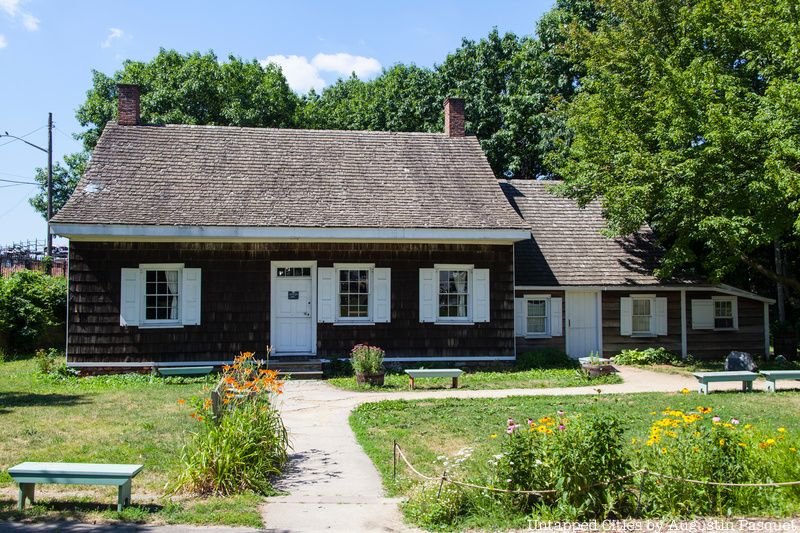
The Wyckoff Farmhouse is located at 5816 Clarendon Road in Canarsie, and its oldest section dates from circa 1652. Pieter Claesen Wyckoff arrived in New Netherlands in 1637 as an indentured servant to the van Rensselaer family, whose member Stephen Van Rensselaer III was New York State Congressman and the founder of Rensselaer Polytechnic Institute. Wyckoff went on to become a successful farmer and magistrate. Over the centuries, additions were made to the house and its land was sold away. On December 24, 1967, it became the first building designated as a New York City landmark. Today, the house is open to the public and is operated under the auspices of the Historic House Trust.
On July 13, take a virtual tour of the historical houses on the Dutch heritage trail. The tour is free for Untapped New York Insiders (and get your first month free with code JOINUS).
Next, check out 10 NYC Streets From the Original Dutch Colonial Street Grid!


